Address
304 North Cardinal St.
Dorchester Center, MA 02124
Work Hours
Monday to Friday: 7AM - 7PM
Weekend: 10AM - 5PM
Address
304 North Cardinal St.
Dorchester Center, MA 02124
Work Hours
Monday to Friday: 7AM - 7PM
Weekend: 10AM - 5PM
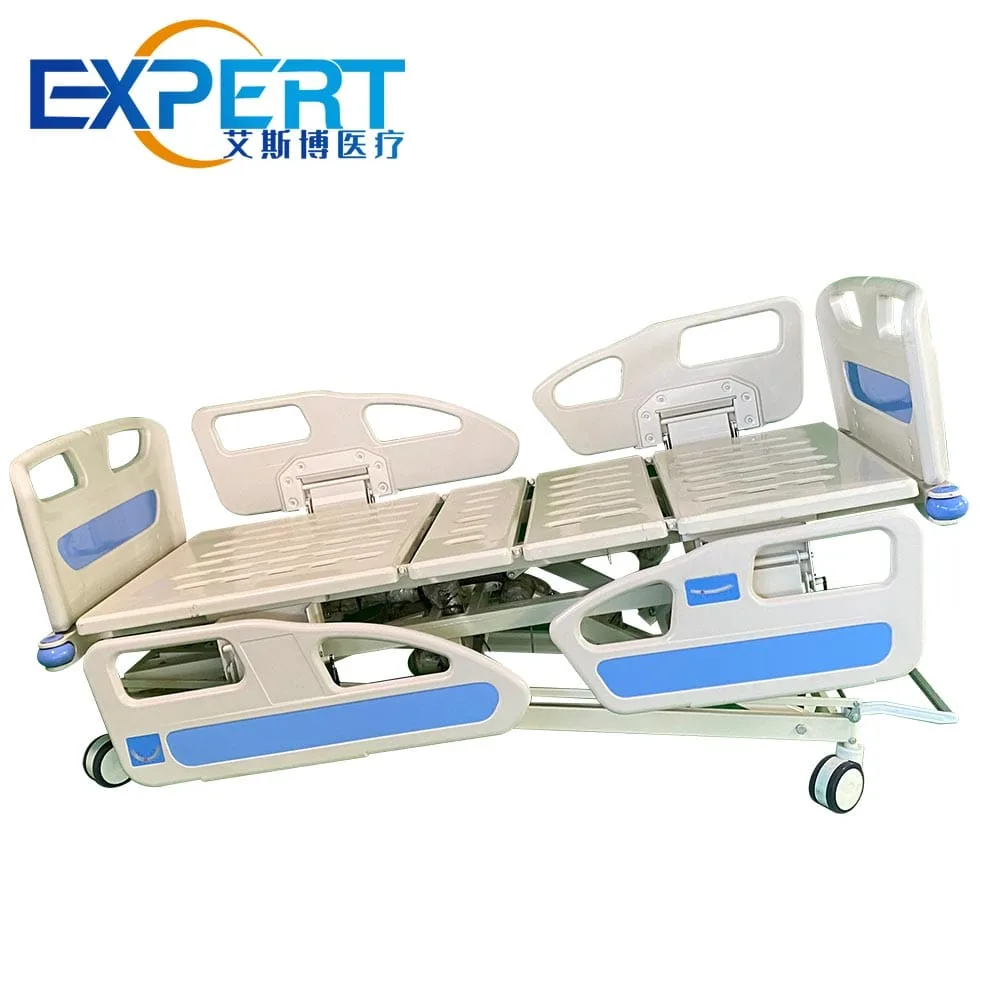
In this comprehensive guide, we will explore the importance of hospital bed with side rails, discussing their features, benefits, and applications in various healthcare environments.
Hospital beds with side rails are a critical component in healthcare settings. These beds are designed to provide patients with safety, support, and comfort, while also facilitating care by medical staff. The side rails serve multiple purposes, including preventing falls, aiding in patient mobility, and providing a sense of security for patients. In this comprehensive guide, we will explore the importance of hospital beds with side rails, discussing their features, benefits, and applications in various healthcare environments.

A hospital bed with side rails is a specialized bed designed for use in healthcare facilities such as hospitals, nursing homes, and rehabilitation centers. These beds are equipped with rails on the sides that can be raised or lowered. The side rails serve as a protective barrier, preventing patients from accidentally falling out of bed and offering support when getting in and out of bed.
Hospital beds with side rails come with various features that enhance their functionality and usability. These features include:
There are various types of hospital beds with side rails, each designed to meet specific patient needs and healthcare settings:



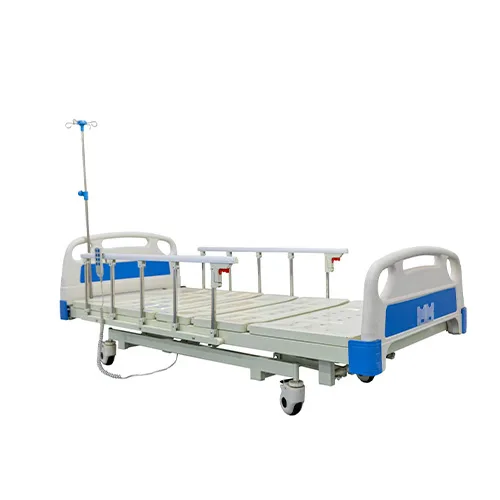
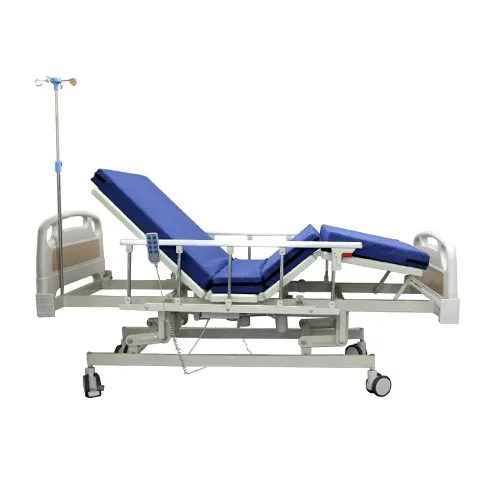
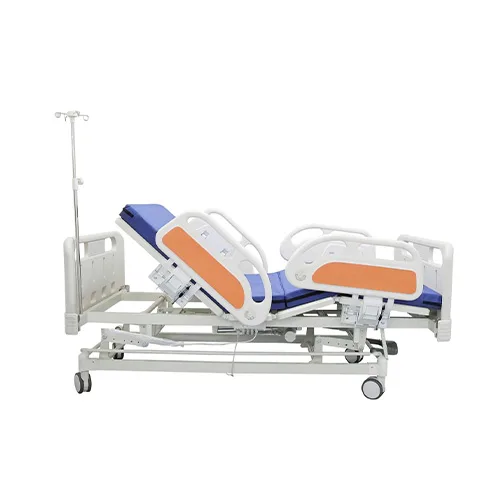
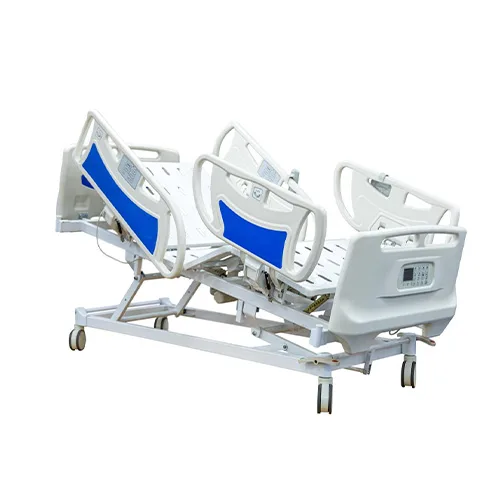


The primary benefit of hospital beds with side rails is enhanced patient safety. The side rails act as a physical barrier, preventing patients from falling out of bed, which is particularly important for patients with limited mobility, those who are unconscious, or those prone to rolling out of bed.
Hospital beds with side rails can significantly improve patient mobility. The rails provide a stable surface for patients to hold onto when repositioning themselves in bed, sitting up, or getting in and out of bed. This can be especially beneficial for elderly patients or those recovering from surgery.
Patients often spend extended periods in bed during their hospital stay. Hospital beds with side rails that have adjustable positions allow patients to find the most comfortable position for resting, eating, or watching TV. This customization can help prevent bed sores and other complications associated with prolonged bed rest.
For caregivers and medical staff, hospital beds with side rails make it easier to provide care. The adjustable height feature allows caregivers to raise the bed to a comfortable working height, reducing the risk of back injuries. The rails can also be used to secure medical equipment or provide support when performing medical procedures.
In hospitals, hospital beds with side rails are essential for ensuring patient safety and comfort. They are used in various departments, including intensive care units (ICUs), surgical wards, and general patient rooms. The versatility of these beds allows them to accommodate a wide range of patient needs.
Nursing homes often care for elderly patients who may have mobility issues or cognitive impairments. Hospital beds with side rails provide the necessary support and safety features to prevent falls and assist with daily activities, improving the overall quality of care.
Patients in rehabilitation centers often require assistance with mobility as they recover from injuries or surgeries. Hospital beds with side rails can be adjusted to different positions to aid in physical therapy exercises and ensure patients are comfortable during their recovery.
For patients receiving care at home, hospital beds with side rails can be a crucial addition. They provide the same benefits of safety, comfort, and mobility support as in professional healthcare settings, allowing patients to receive quality care in the comfort of their own homes.

To help understand the various options available, here is a table comparing different types of hospital beds with side rails, highlighting their features and suitable applications:
| Type of Bed | Adjustability | Side Rails | Suitable For | Additional Features |
|---|---|---|---|---|
| Manual Bed | Manual hand cranks | Fixed or removable | Budget-conscious facilities | Basic functionality, cost-effective |
| Semi-Electric Bed | Manual and electric | Fixed or adjustable | General patient care | Combination of manual and electric control |
| Fully Electric Bed | Fully electric | Adjustable | High-dependency units (ICU) | Easy adjustments, remote control |
| Low Bed | Fully electric, low height | Adjustable | Fall-risk patients | Close to floor to prevent fall injuries |
| Bariatric Bed | Fully electric | Reinforced, adjustable | Obese patients | High weight capacity, reinforced structure |
Hospital beds with side rails play a vital role in healthcare settings by enhancing patient safety, improving mobility, and providing comfort. Their adjustable features facilitate better care from medical staff and caregivers, making them an indispensable component in hospitals, nursing homes, rehabilitation centers, and home healthcare. Understanding the various features and types of hospital beds with side rails helps in selecting the right bed to meet specific patient needs and healthcare environments.
Q: What are the key benefits of a hospital bed with side rails?
A: The key benefits of a hospital bed with side rails include enhanced patient safety, as the side rails prevent falls. Additionally, a hospital bed with side rails improves patient mobility by providing support when getting in and out of bed. The hospital bed with side rails also offers increased comfort with adjustable positions and facilitates better care from medical staff by allowing securement of medical equipment and easier access to the patient.
Q: How does a hospital bed with side rails improve patient safety?
A: A hospital bed with side rails improves patient safety by acting as a physical barrier that prevents patients from accidentally falling out of bed. This is especially important for patients with limited mobility, those who are unconscious, or those prone to rolling out of bed. The hospital bed with side rails ensures that patients remain securely in bed, reducing the risk of injuries.
Q: Can a hospital bed with side rails be used at home?
A: Yes, a hospital bed with side rails can be used at home. It provides the same benefits of safety, comfort, and support as in a healthcare setting. A hospital bed with side rails is ideal for home care, allowing patients to receive quality care in a familiar environment while still benefiting from the safety features of the side rails.
Q: What types of adjustments can be made on a hospital bed with side rails?
A: A hospital bed with side rails typically allows for various adjustments, including height adjustments to facilitate patient transfers and caregiver access. Additionally, the bed can have reclining backrest and leg rest sections for patient comfort. The side rails on a hospital bed with side rails can often be adjusted to different heights or positions to provide the best support and safety for the patient.
Q: Why is a hospital bed with side rails important for elderly patients?
A: A hospital bed with side rails is important for elderly patients because it provides the necessary safety and support they need. Elderly patients often have reduced mobility and are at a higher risk of falls. A hospital bed with side rails helps prevent falls by acting as a barrier, and the rails offer support when the patient is moving in and out of bed. This added safety and support can significantly improve the quality of care for elderly patients.
Q: How does a hospital bed with side rails facilitate care for medical staff?
A: A hospital bed with side rails facilitates care for medical staff by providing easier access to the patient and securement of medical equipment. The adjustable height feature of a hospital bed with side rails allows caregivers to raise the bed to a comfortable working height, reducing the risk of back injuries. Additionally, the side rails can be used to secure IV poles, monitors, and other equipment, making it easier for medical staff to provide effective care.
Q: What materials are typically used for the side rails on a hospital bed with side rails?
A: The side rails on a hospital bed with side rails are typically made from durable materials such as stainless steel, aluminum, or high-strength plastics. These materials ensure that the hospital bed with side rails is sturdy and capable of providing the necessary support and safety for patients.
Q: Can the side rails on a hospital bed with side rails be removed or adjusted?
A: Yes, the side rails on a hospital bed with side rails can often be removed or adjusted. This flexibility allows caregivers to customize the bed based on the patient’s needs. The side rails can be raised to provide safety or lowered to allow easier access to the patient, making the hospital bed with side rails a versatile piece of medical equipment.
Q: Are there different types of hospital beds with side rails for specific patient needs?
A: Yes, there are different types of hospital beds with side rails designed for specific patient needs. These include manual beds, semi-electric beds, fully electric beds, low beds, and bariatric beds. Each type of hospital bed with side rails offers unique features and adjustments to cater to the diverse needs of patients in various healthcare settings.
Q: How do you maintain a hospital bed with side rails?
A: Maintaining a hospital bed with side rails involves regular cleaning, inspecting the side rails for any damage or wear, and ensuring that all adjustable mechanisms are functioning properly. It is important to follow the manufacturer’s guidelines for maintenance to keep the hospital bed with side rails in optimal condition and ensure patient safety.